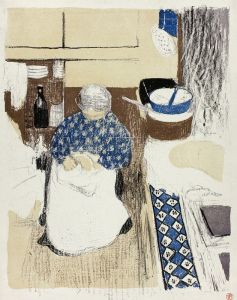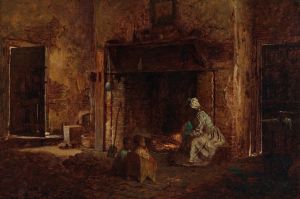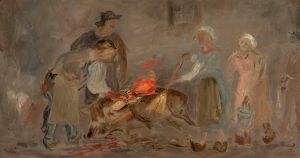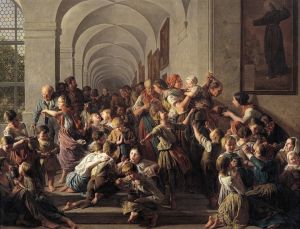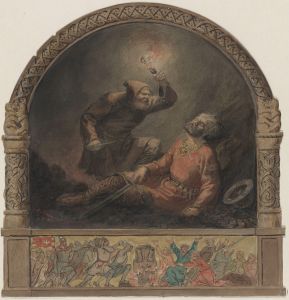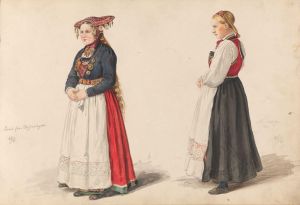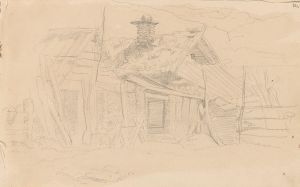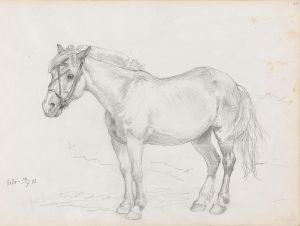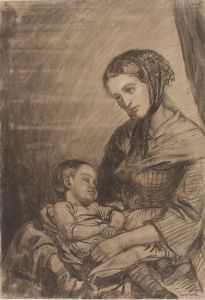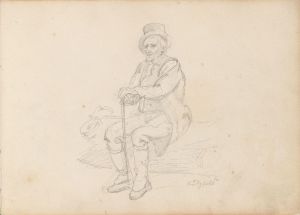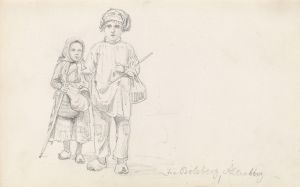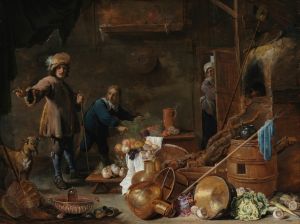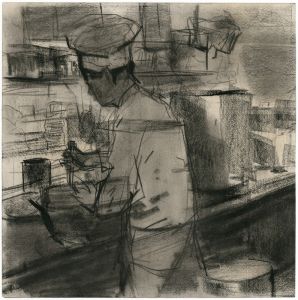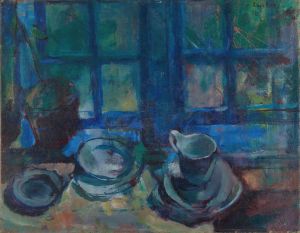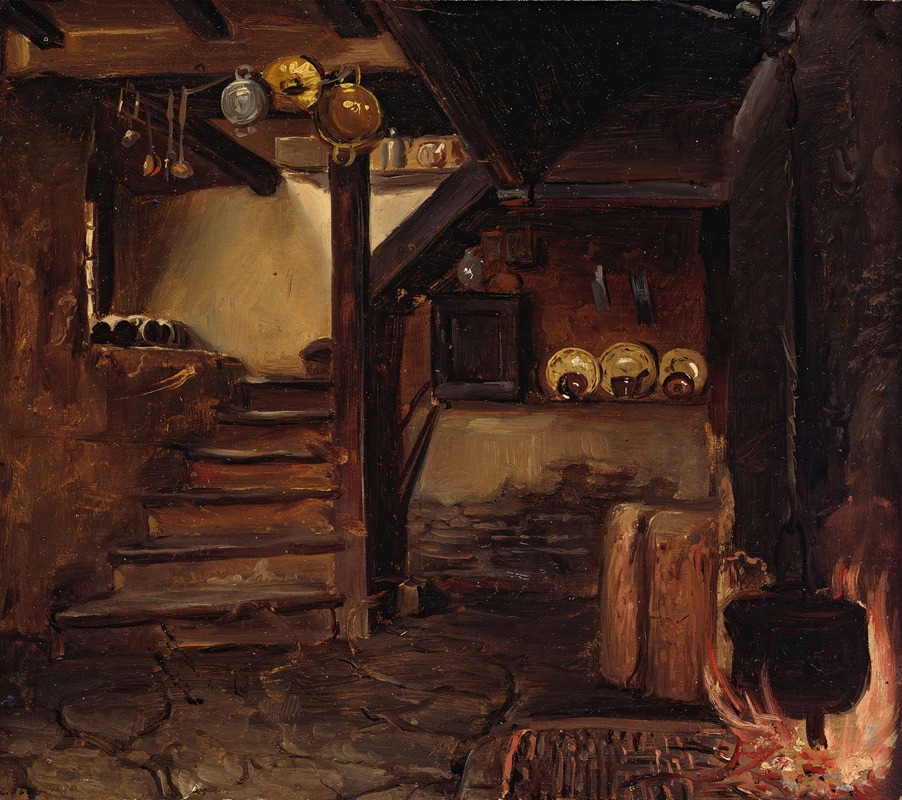
German Kitchen
A hand-painted replica of Adolph Tidemand’s masterpiece German Kitchen, meticulously crafted by professional artists to capture the true essence of the original. Each piece is created with museum-quality canvas and rare mineral pigments, carefully painted by experienced artists with delicate brushstrokes and rich, layered colors to perfectly recreate the texture of the original artwork. Unlike machine-printed reproductions, this hand-painted version brings the painting to life, infused with the artist’s emotions and skill in every stroke. Whether for personal collection or home decoration, it instantly elevates the artistic atmosphere of any space.
Adolph Tidemand was a prominent Norwegian painter in the 19th century, known for his detailed and culturally insightful works that often depicted Norwegian rural life and traditions. One of his lesser-known works is "German Kitchen," which, like many of his paintings, reflects his interest in capturing everyday life and the cultural nuances of the time.
Adolph Tidemand was born on August 14, 1814, in Mandal, Norway. He studied art in Copenhagen and later at the Academy of Fine Arts in Düsseldorf, Germany, where he became associated with the Düsseldorf school of painting. This school was known for its detailed and realistic portrayal of subjects, often with a focus on historical and genre scenes. Tidemand's time in Germany significantly influenced his artistic style, which is evident in his works that often blend Norwegian themes with the techniques he learned abroad.
"German Kitchen" is a painting that exemplifies Tidemand's skill in genre painting, a style that depicts scenes from everyday life. Although specific details about the painting "German Kitchen" are scarce, it can be inferred that the work likely portrays a domestic scene, capturing the essence of a typical kitchen setting in Germany during the 19th century. Tidemand's works are characterized by their attention to detail, and it is likely that "German Kitchen" includes meticulous depictions of the kitchen's interior, utensils, and possibly the people inhabiting the space.
Tidemand's paintings often serve as historical documents, providing insights into the customs, attire, and domestic environments of the period. His ability to convey the atmosphere and mood of a scene is one of his strengths, and "German Kitchen" would be no exception. Through his art, Tidemand was able to communicate the cultural and social aspects of life, making his works valuable for both their aesthetic qualities and their historical significance.
Throughout his career, Tidemand collaborated with other artists, most notably Hans Gude, with whom he created several famous works, including "Bridal Procession on the Hardangerfjord." While "German Kitchen" may not be as widely recognized as some of his other paintings, it nonetheless contributes to the rich tapestry of 19th-century European art and offers a glimpse into the domestic life of the era.
Adolph Tidemand passed away on August 25, 1876, in Christiania (now Oslo), Norway. His legacy endures through his extensive body of work, which continues to be celebrated for its cultural and historical importance. His paintings are housed in various museums and collections, where they continue to be studied and appreciated for their artistic merit and their portrayal of 19th-century life.
In summary, while specific information about the painting "German Kitchen" is limited, Adolph Tidemand's reputation as a skilled genre painter suggests that the work is a detailed and culturally insightful depiction of a 19th-century German kitchen. His contributions to art provide valuable perspectives on the everyday life and traditions of his time.





